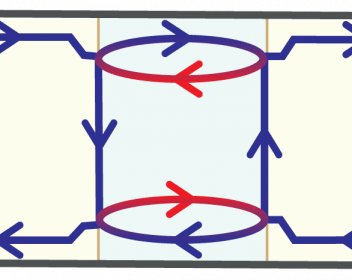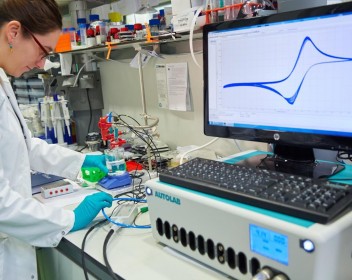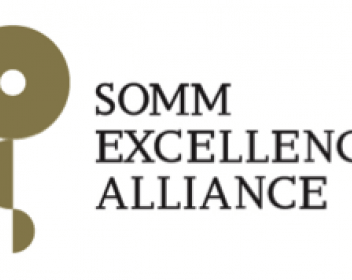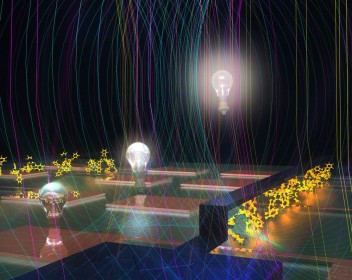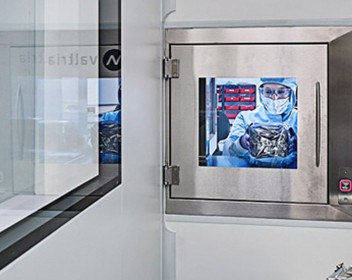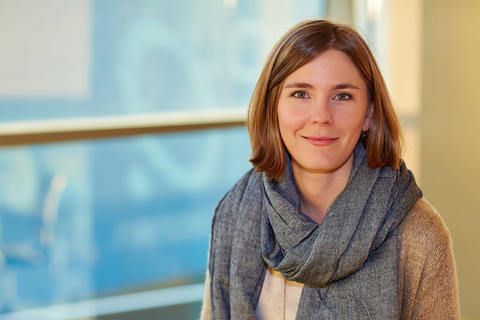Newsroom
News
Nanoparticles act as enzymes
The result in brief of the EU project ARTEN, lead by Mato Knez (leader of the Nanomaterials group at nanoGUNE) are now available at CORDIS.
Los poderes de la nanociencia en cómic
Nanozientziaren botereak komikian
The powers of nanoscience in a comic
Nanomechanics of pathogenic attachment Uropathogenic Escherichia coli and Human Immunodeciency Virus
Engineering electron pathways in 2D-topological insulators
In a recent article published in Physical Review Letters researchers from CIC nanoGUNE, the Rudolf Peierls Centre for Theoretical Physics of Oxford, together with colleagues from Wuerzburg and Stanford University reported new insight into the electronic conduction and interference on 2D-topological insulators - an exotic kind of insulators that conduct only at the edge and that could be key for the development of a new generation of electronic devices.
CIC nanoGUNE is participating in two European projects to train young researchers
NanoGUNE is set to participate in two new projects on quantum electronics and hybrid coatings in one of Europe’s most competitive programs, the European Union’s Initial Training Networks (ITN), starting January 2018. Through this participation the center will be receiving nearly half a million euros for each project for the coming four years.
Launch of the “Alliance of Severo Ochoa Centres and Maria de Maeztu Units of Excellence”
The Secretary of State for R&D+i, Carmen Vela, chaired the kickoff meeting of the new Severo Ochoa and Maria Maeztu Alliance of Excellence. The alliance’s target is to internationally promote and strengthen the centres and units accredited with this distinction, to give their research a higher profile.
Magnetic electrodes increase solar cell efficiency
Graphenea's new facilities
The new headquarters of the first start-up company founded by nanoGUNE in April 2010 in a joint venture with a group of private investors, has been inaugurated by the Lehendakari Iñigo Urkullu. The new facilities of the company occupy an area of 600 square meters and are located in the Scientific and Technological Park of Gipuzkoa.
Agenda
| Mon | Tue | Wed | Thu | Fri | Sat | Sun |
|---|---|---|---|---|---|---|
|
29
|
30
|
31
|
1
|
2
|
3
|
4
|
|
|
|
|
|
|
|
|
|
5
|
6
|
7
|
8
|
9
|
10
|
11
|
|
|
|
|
|
|
|
|
|
12
|
13
|
14
|
15
|
16
|
17
|
18
|
|
|
|
|
|
|
|
|
|
20
|
21
|
23
|
24
|
25
|
||
|
|
|
|
|
|
||
|
27
|
29
|
30
|
31
|
1
|
||
|
|
|
|
|
|
Events
- 04/02/2026 to 06/02/2026
nanoGUNE Winter School 2026
nanoVISUALS
Find events' photos, experimental images, videos, audios, and nanoGUNE's corporate images.

